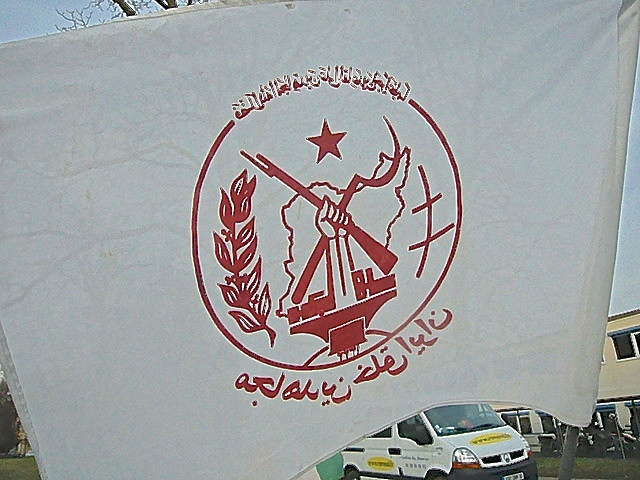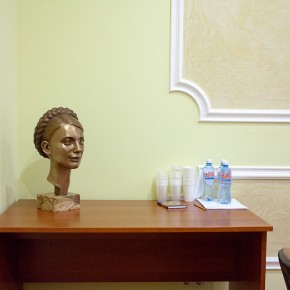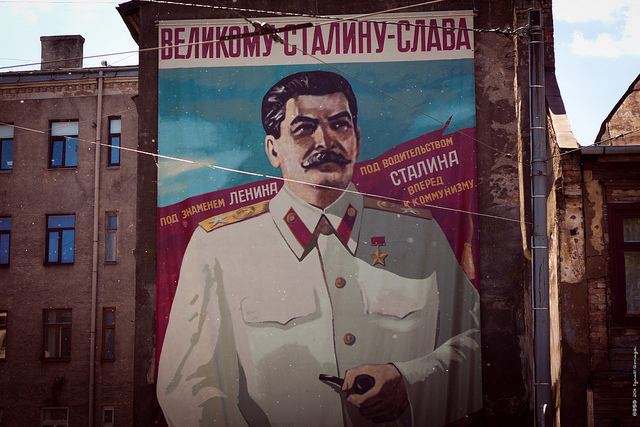Ali Shariati was one of the most important Muslim intellectuals of the 20th century. It’s impossible to discuss left-wing formulations of Islam without him, as well as revolutionary Islamism more broadly. As a sociologist of religion, Shariati grappled with many important issues facing social transformation in the Muslim world. He was insightful enough about Islam’s role in related movements that he is considered to be a major ideologue of the Islamic Revolution.
His work is critical for understanding anything called “Liberation Islam” in the vein of Liberation Theology.
Shariati was a contemporary to that movement’s South American leaders, Gustavo Gutierrez and Leonardo Boff, and covered much of the same territory from an Asian and Islamic perspective. Islam was to be reinterpreted in a light that emphasized pressing needs for social justice and ethical nahda (“renaissance.”)
It is important to remember how revolutionary this was even in Shariati’s immediate circle of cosmopolitan Iranian émigrés. Like many wealthy Iranians of his generation, Shariati was sent abroad to study in Paris, and obtained his PhD from Sorbonne in 1964. His closest ideological allies in France were essentially Tudeh people: passionate and committed to social change, but especially after the 1953 coup, removed from daily life in Iran and mired in Marxist orthodoxy. Shariati was still very much left-wing, however he sought to distinguish himself for two reasons.

One is that he was deeply religious and speculative of any crude materialism that saw religion as inherently problematic. This was a major problem among Muslim leftists during the Cold War, many of whom saw Islam as irredeemably backwards. Another was that his personal religiosity made him deeply sensitive to the working-class religiosity of Iran’s lower classes, which he saw as being excluded by traditional leftist politics.
Shariati saw Marxism as a failed experiment which would be unable to liberate Iranian society. He advocated for an overhauled version of revolutionary Islam to be the ideological successor to Marxism. For Shariati, a retooled version of Islam was needed to succeed where Marxism appeared to have failed. His interpretation of Islam would be a post-Marxist revolutionary philosophy that was more authentic, and also had a greater chance of mobilizing class consciousness among working-class Muslims.
The main reason that Shariati was so popular in the late 1960’s, and through the 1970’s, is because many people in the region were privately considering the same thing. We have to remember the period: the Cold War secular left had discredited itself in the Muslim world. There were many reasons for this: economic stagnation, continued autocracy under dictators like Gamal Abdul Nasser, and probably most importantly, Israel’s massive victory against left-wing Arab nationalists in the Six Day War.
Many Muslims, including Ayatollah Khomeini, began looking to Islam as an alternative political option. Shariati had the good fortune of spreading his ideas at the same time that ideological coordinates were realigning across the region.

Shariati has such a diverse pool of writings that it is impossible to speak to all of them in a single article. The list on his website is a testament to his productivity: topics as diverse as art, feminism, world history, Islamic analyses of social class, and the Hajj are all discussed.
It’s far simpler to discuss what ties them all together. Shariati believed that the Muslim world’s liberation hinges on an ability to reinterpret Islam in the context of modern struggles. As I wrote last week, this type of revisionism is a major part of Islamic religious discourse, which enshrines new advances in kalam (“philosophy”) and ijtihad (“learned discourse”) as a way to renew understanding of its core texts.
Shariati’s breakthrough was to unlock Islam’s ability to articulate personal despair. He wanted a version of Islam that places itself in opposition to any form of domination, and saw religious passion as crucial to making that happen.
The sociologist may not have articulated himself as clearly as later thinkers like Tariq Ramadan, but in his defense, today’s discussions of left-wing Islam benefits from Iranian revolution as a cautionary tale. Unfortunately, Shariati died in Southampton in 1977, and we can only speculate as to his commentary on the revolution that he helped inspire.
He also never had the opportunity to address the main problem in his thought, which only became clear as the Islamic Revolution consolidated itself. One of Shariati’s greatest works is his piece Red Shi’ism vs. Black Shi’ism. His argument is that the grassroots “religion of martyrdom” driven by passionate devotees, what he calls “Red Shi’ism,” must shed the baggage of the institutionalized “religion of mourning” furthered by clergy members, which is what he labels “Black Shi’ism.”
The core point is that passion and indignation must overpower the guilt and sorrow disseminated by cynical elites for the sake of social transformation. One of the reasons that Shariati is often linked to Liberation Theology is because his criticism of Black Shi’ism seems as though it can be applied to the Catholic Church as well. Liberation Theology remains a fundamentally Christian event, though, just as Red Shi’ism is one rooted in Shi’a Islam. Shariati’s structural criticism just inspires similar polemics against other religious institutions.

The issue, though, is that this passion and outcry doesn’t have to be left-wing. Ayatollah Khomeini was ultimately able to direct exactly those energies towards a far-right project of Islamic republicanism. Post-revolutionary Iran has been defined by that passion shifting into irrational politics that pushed for a newly theocratic status quo, against the revolution’s democratic gains.
This was particularly insidious when it came to the concept of martyrdom. Shariati saw Shi’i ideas of martyrdom as a positive sacrifice for the common good. His quote “every day is Ashura, every land is Karbala” is still commonly used at protests, and is meant to reinterpret the veneration of Hussayn’s sacrifice at Karbala as a feeling of indignation at any political situation which does not value human dignity. However, the institution of martyrdom quickly became institutionalized as a tool for defending the nation. The result was the Basij paramilitary organization, which was used to devastating effect during the Iran-Iraq war, most infamously through human wave attacks.
If Shariati’s vision of left-wing Islamism as a post-Marxist force is to take place, then it must be elaborated to avoid what Jean-François Revel called “the totalitarian temptation.”
However, we also have to be critical of what the term “post-Marxism” even means. The Iranian Revolution was galvanized by the idea that Islamism could be an alternative to Marxism, as envisioned by the chant, “neither Eastern, nor Western, Islamic Republic!”
It is not that simple. There are many philosophies that claim to be “post-Marxist,” however, many of them would be more accurately termed “post-Soviet.” When Shariati and many of his contemporaries were discussing the failures of Marxism, they essentially meant the shortcomings of Soviet-style state capitalism. When criticizing its ethical flatulence and seemingly atheistic outlook, they were more or less focusing on the hazy “scientific socialism” of the later Marx.
The irony is that their main avenue for breaking away from Marxism was by Islamizing many of the same points that were articulated by the early Marx. Shariati’s idea of Red Shi’ism is a good example. Marx would have found it very familiar to his famous description of religion in A Contribution to the Critique of Hegel’s Philosophy of Right (1844):
Religious suffering is, at one and the same time, the expression of real suffering and a protest against real suffering. Religion is the sigh of the oppressed creature, the heart of a heartless world, and the soul of soulless conditions. It is the opium of the people.
Is Shariati breaking away from Marx here? I’m not so sure. After all, his desire to unlock the passionate side of religious practice sounds very similar to “the sigh of the oppressed creature.” Furthermore, his main problem with Black Shi’ism appears to be that it warps Shi’a Islam into something of an “opium of the people,” rather than its optimum role as the former.
This is an important theoretical question going forward, because it is one of the most fascinating aspects of revolutionary Islamism. Much of it discusses the same matters as the humanistic Marx with an Islamic twist that he would have never predicted.
Photographs courtesy of Noel Hidalgo, washington_area_spark, Joe Haupt, and Ali Almossawi. Published under a Creative Commons License.





